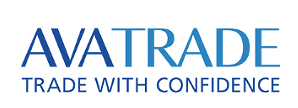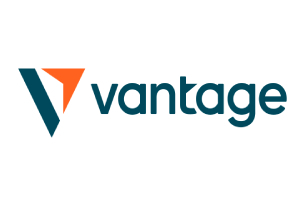The Federal Reserve’s monetary policy remains in focus as shifting inflation dynamics and political pressures complicate the path forward. Atlanta Fed President Raphael Bostic recently scaled back his rate-cut expectations. He is now forecasting just one reduction this year instead of two, citing persistent inflation and the disruptive effects of new tariffs. “We’re going to see inflation be very bumpy and not move dramatically toward the 2% target,” Bostic warned.
Meanwhile, Fed Chair Jerome Powell has reaffirmed the central bank’s independence amid calls from former President Donald Trump. The decision was for aggressive rate cuts, emphasizing that policy decisions will remain data-driven rather than politically influenced. The Fed faces a delicate balancing act. On one hand, stubborn inflation—exacerbated by tariffs and supply chain adjustments—demands a cautious approach. This is to avoid prematurely easing policy and reigniting price surges.
Fed Reaction to Near-Term Inflation
On the other hand, tightening financial conditions and slowing economic momentum raise concerns about over-tightening. This could tip the economy into a downturn. While the labor market remains resilient, payroll growth is expected to soften, adding to the Fed’s dilemma. “The Fed has to react to near-term inflation while also weighing risks to growth.” Tiffany Wilding of PIMCO highlights the precarious trade-offs policymakers must navigate.
The specter of stagflation—a toxic mix of high inflation and stagnant growth—has also entered the conversation. However, most economists see it as a risk rather than a base case. Tariffs and immigration restrictions could further dampen economic activity while keeping prices elevated. Nevertheless, strong consumer and business balance sheets provide a buffer against a severe downturn. Wilding cautions, “We’re not projecting stagflation, but these policies make the Fed’s job trickier.”
Recession risks, while elevated, remain uncertain. Deutsche Bank estimates a 50% chance of a U.S. downturn, while PIMCO places the odds at 30-35%. If a recession does materialize, analysts expect it to be mild and short-lived, given the economy’s underlying resilience. “If we do have a recession, it would likely be light, and we’d recover quickly,” Wilding predicts.
Make money without lifting your fingers: Start using a world-class auto trading solution
How To Buy Lucky Block – Guide, Tips & Insights | Learn 2 Trade
Note: Learn2.trade is not a financial advisor. Do your research before investing your funds in any financial asset, product, or event. We are not responsible for your investment results.
- Broker
- Min Deposit
- Score
- Visit Broker
- Award-winning Cryptocurrency trading platform
- $100 minimum deposit,
- FCA & Cysec regulated
- 20% welcome bonus of upto $10,000
- Minimum deposit $100
- Verify your account before the bonus is credited
- Fund Moneta Markets account with a minimum of $250
- Opt in using the form to claim your 50% deposit bonus
Learn to Trade
Never Miss A Trade Again

Signal Notification
Real-time signal notifications whenever a signal is opened, closes or Updated

Get Alerts
Immediate alerts to your email and mobile phone.

Entry Price Levels
Entry price level for every signal Just choose one of our Top Brokers in the list above to get all this free.



